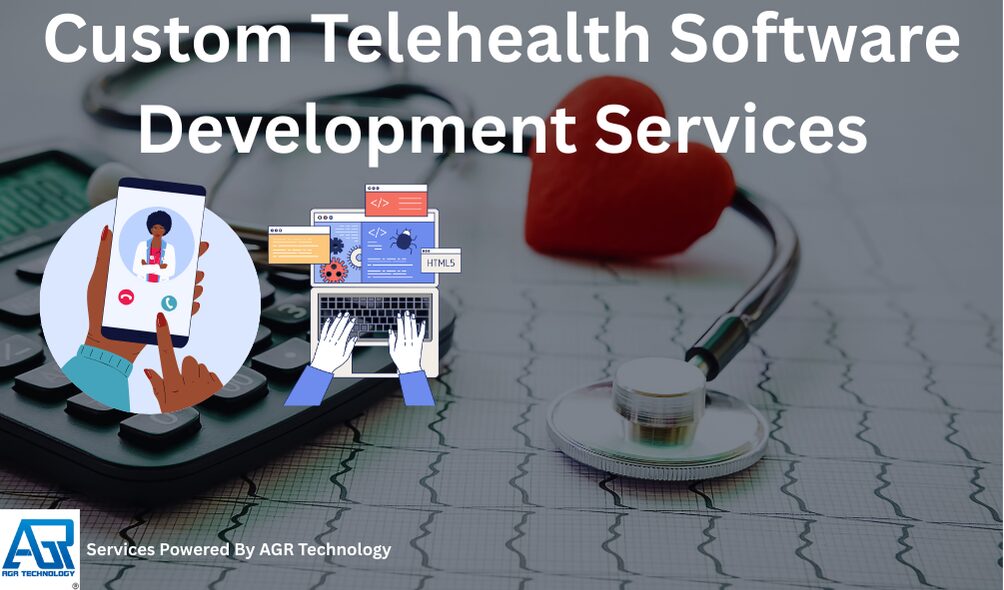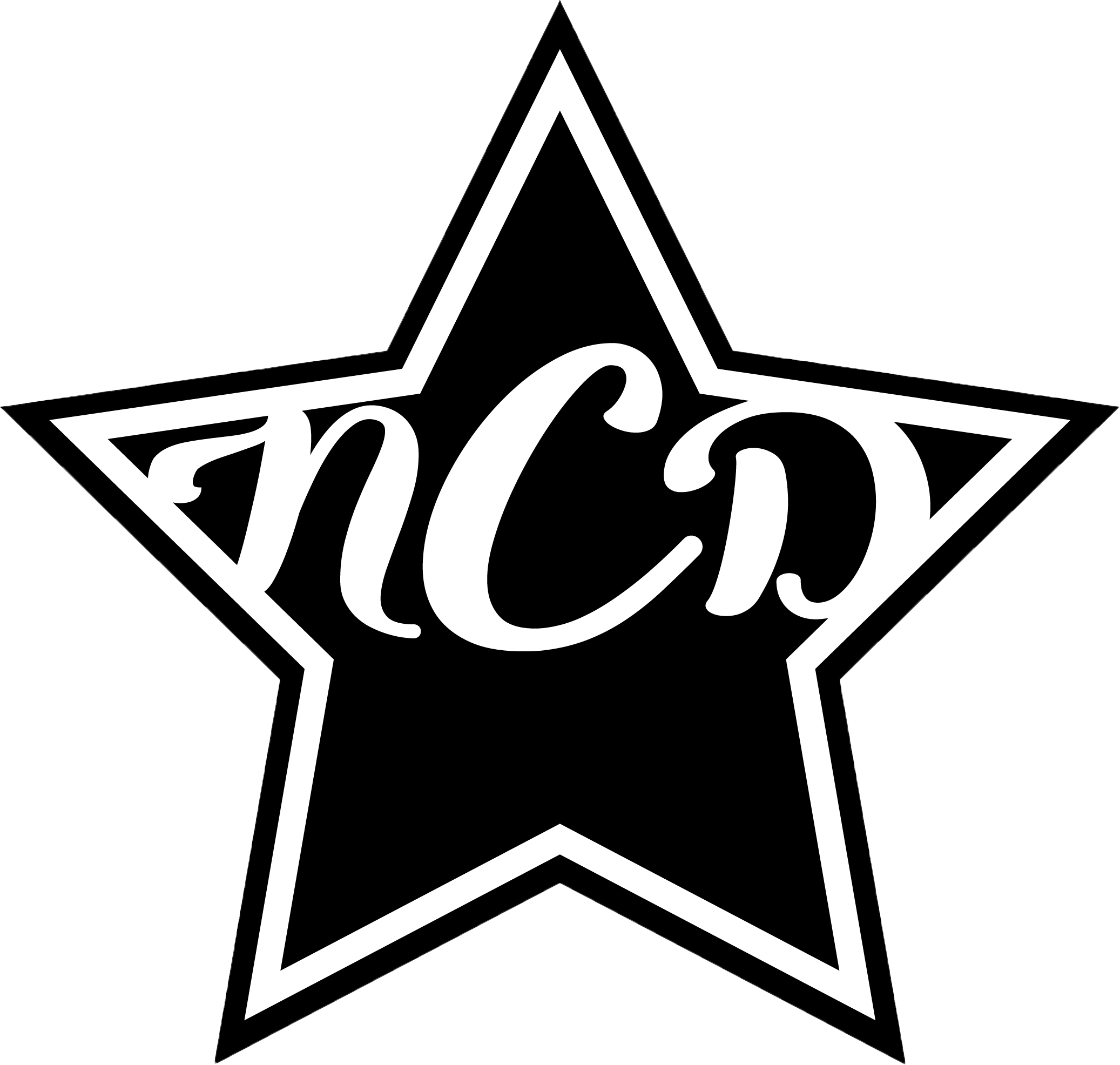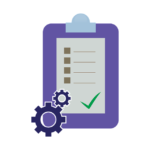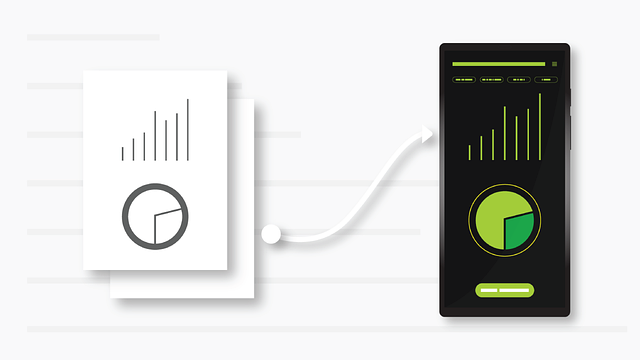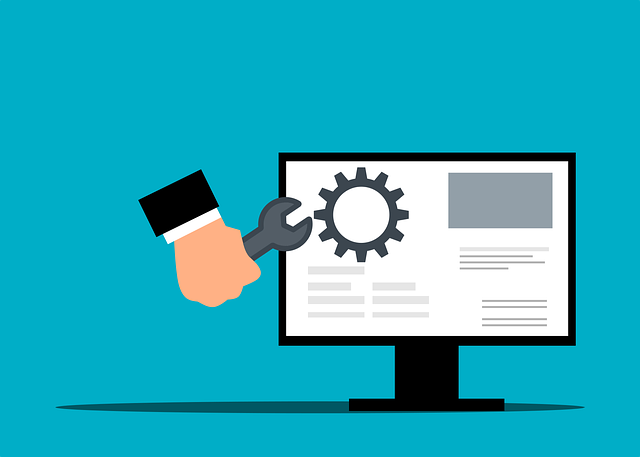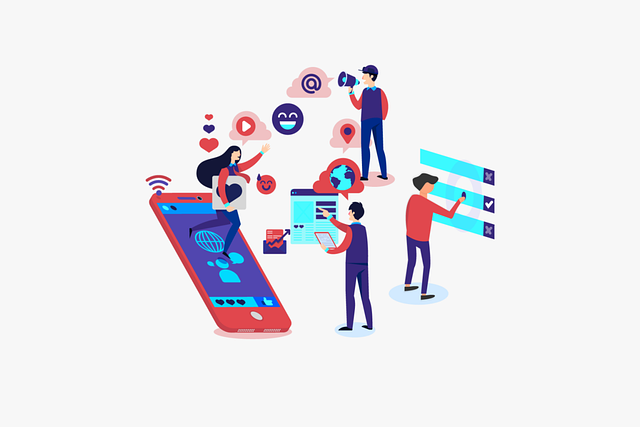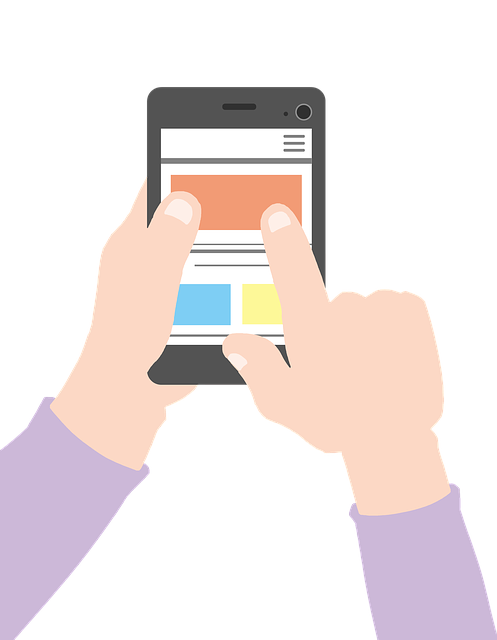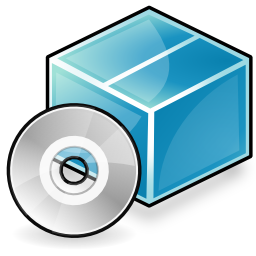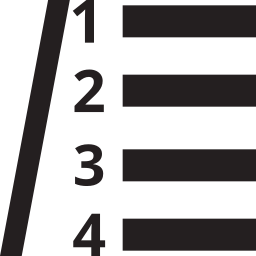The landscape of healthcare has transformed dramatically in recent years, with telehealth emerging as a pivotal innovation. We’ve witnessed how telehealth software development solutions are revolutionizing patient care by connecting providers and patients regardless of geographical barriers. These digital platforms aren’t just convenient—they’re reshaping the entire healthcare delivery model.
As experts in healthcare technology, we understand that creating effective telehealth solutions requires specialized knowledge of both medical workflows and cutting-edge development practices. From local data security compliance to seamless video integration, the technical requirements for these systems are complex and continually evolving. That’s why more healthcare organizations are partnering with experienced developers to build robust telehealth platforms tailored to their specific needs.
Get in touch to discuss your project needs:
Reviews from our happy clients:
Proudly supporting clients of all sizes to succeed through digital solutions




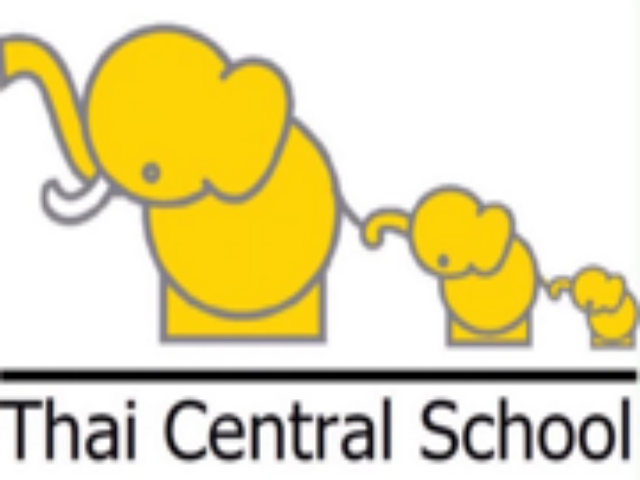
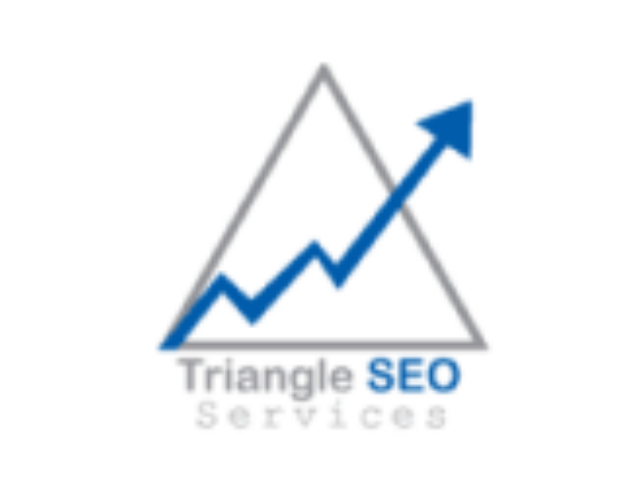
Why work with us?
The Evolution of Telehealth in Modern Healthcare

Telehealth has transformed from a convenient alternative into an essential component of modern healthcare delivery. This evolution reflects broader technological advancements and changing patient expectations in the digital age.
From Niche Solution to Mainstream Necessity
Telehealth began as specialized technology used primarily in rural settings to connect patients with distant specialists. The COVID-19 pandemic catalyzed its widespread adoption, with virtual visits increasing by over significantly in many healthcare systems during 2020. This rapid shift demonstrated telehealth’s capacity to maintain continuity of care during crisis situations while revealing its potential as a permanent healthcare delivery channel.
Key Technological Milestones
The telehealth journey has been marked by several transformative technological developments:
- Video conferencing integration enabling face-to-face virtual consultations with clinical-grade quality
- Mobile health applications providing patient monitoring through smartphones and wearable devices
- AI-powered diagnostic tools supporting clinical decision-making with real-time data analysis
- Cloud-based health information exchange facilitating secure sharing of medical records between providers
These innovations have collectively enhanced telehealth’s clinical utility while improving accessibility for diverse patient populations.
Current Impact on Healthcare Delivery Models
Today’s telehealth platforms are revolutionizing traditional care models in multiple ways:
- Hybrid care delivery blending in-person and virtual touchpoints throughout the patient journey
- Asynchronous communication allowing patients to submit symptoms and receive guidance without scheduling constraints
- Remote patient monitoring extending clinical oversight beyond facility walls for chronic condition management
- Specialized virtual care teams dedicated to telehealth service delivery and optimization
At AGR Technology, we’re helping organizations implement these modern approaches through customized software development solutions that reflect each provider’s unique workflow requirements and patient population needs.
The telehealth landscape continues to evolve as regulations adapt and patient preferences shift toward convenient, accessible care options.
Contact our team at AGR Technology today to discuss how our software development expertise can help your organization navigate this transformation and deliver exceptional virtual care experiences.
Key Components of Effective Telehealth Software

Effective telehealth software combines several essential components to deliver seamless virtual care experiences. These integrated elements work together to create platforms that support healthcare providers and patients throughout the telehealth journey.
Video Conferencing and Communication Tools
High-quality video conferencing forms the backbone of effective telehealth solutions. These tools enable face-to-face interactions between providers and patients with features like HD video, screen sharing, and real-time chat options. Advanced telehealth platforms incorporate adaptive streaming technology that automatically adjusts video quality based on bandwidth availability, ensuring consultations continue even with connectivity fluctuations. For maximum accessibility, today’s communication tools offer cross-platform compatibility across desktop browsers, mobile devices, and tablets. Many leading telehealth systems also include secure messaging capabilities for asynchronous communication, allowing patients to send questions or updates without scheduling full video appointments.
Electronic Health Records Integration
Seamless EHR integration transforms telehealth from isolated technology into a cohesive extension of healthcare delivery. Bidirectional EHR connectivity allows providers to access complete patient histories, medication lists, and previous visit documentation directly within the telehealth interface. This integration enables real-time documentation during virtual visits, with notes and diagnoses flowing automatically into the patient’s permanent medical record. Modern telehealth solutions feature single sign-on capabilities, eliminating the need for providers to juggle multiple login credentials between systems. Integration with major EHR platforms like Epic, Cerner, and Athenahealth is particularly valuable, creating unified workflows that reduce administrative burden and documentation time for clinical teams.
Patient Management Systems
Comprehensive patient management tools streamline the entire telehealth experience from appointment scheduling to follow-up care. Intuitive patient portals allow self-scheduling, insurance verification, and pre-visit questionnaire completion. Automated appointment reminders delivered via email, SMS, or app notifications reduce no-show rates and improve schedule adherence. Advanced systems incorporate digital waiting rooms with real-time provider status updates and estimated wait times. For ongoing care management, telehealth platforms feature care plan tracking, medication adherence monitoring, and secure document sharing capabilities. At AGR Technology, we develop custom patient management solutions that integrate these features with your existing systems, creating unified patient experiences that enhance engagement and satisfaction. Contact our team today to explore how we can optimize your telehealth patient management workflows.
Technical Considerations for Telehealth Software Development
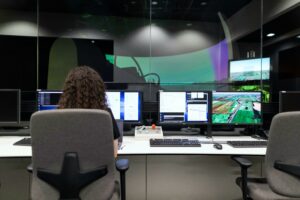
Building effective telehealth solutions requires addressing specific technical challenges unique to virtual healthcare delivery. These considerations form the foundation of reliable, secure, and user-friendly telehealth platforms that meet both regulatory requirements and user expectations.
Security and HIPAA Compliance
Security forms the cornerstone of effective telehealth software development. All telehealth solutions must comply with HIPAA regulations, which protect sensitive patient health information from unauthorized access or disclosure. This compliance involves implementing:
- End-to-end encryption for all data transmission between patients and providers
- Multi-factor authentication to verify user identities before granting system access
- Role-based access controls that limit information visibility based on user credentials
- Audit logging to track all system activities and identify potential security issues
- Data encryption for information stored at rest within databases
Healthcare organizations face penalties up to $50,000 per violation for HIPAA non-compliance, making security integration essential from the earliest development stages rather than an afterthought. At AGR Technology, we build HIPAA compliance directly into our system architecture, ensuring your telehealth solution meets all regulatory requirements while maintaining a seamless user experience.
Scalability and Performance Optimization
Telehealth platforms require robust scalability to handle unpredictable usage fluctuations and deliver consistent performance. Our development approach focuses on creating solutions that maintain quality service regardless of user volume through:
- Cloud-based infrastructure leveraging AWS or Azure services for automatic scaling
- Microservices architecture that allows independent scaling of specific system components
- Load balancing techniques to distribute traffic across multiple servers during peak periods
- Caching mechanisms that reduce database queries and improve response times
- Video compression optimization to maintain quality while reducing bandwidth requirements
Effective performance optimization directly impacts patient experience, with many users abandon healthcare applications that take more than 3 seconds to load. AGR Technology’s telehealth solutions employ advanced caching strategies and content delivery networks to ensure sub-second response times even during high-volume periods.
Our development team conducts regular performance testing under various load scenarios to identify and address potential bottlenecks before they impact your patients and providers. Contact us today to learn how we can develop a telehealth solution that seamlessly scales with your organization’s growth while maintaining exceptional performance standards.
Custom vs. Off-the-Shelf Telehealth Solutions

Understanding Your Options
Telehealth software solutions come in two primary categories: custom-developed platforms and off-the-shelf products. Each option offers distinct advantages depending on your organization’s specific requirements, budget constraints, and implementation timeline.
Custom telehealth solutions are built specifically for your healthcare organization’s unique workflows and patient population. They’re designed from the ground up to integrate with your existing systems and address your specific challenges. Off-the-shelf solutions, on the other hand, provide pre-built platforms that can be implemented quickly but may require your team to adapt to their predetermined features and functionality.
Benefits of Custom Telehealth Development
Custom telehealth development delivers tailored solutions that precisely match your organization’s needs. These bespoke platforms offer several key advantages:
- Workflow integration that seamlessly connects with your existing systems and processes
- Scalable architecture designed to grow alongside your telehealth program
- Unique feature sets addressing your specific clinical and administrative requirements
- Competitive differentiation helping your practice stand out in the virtual care marketplace
- Long-term adaptability allowing continuous evolution as telehealth standards change
When Off-the-Shelf Makes Sense
Pre-built telehealth platforms offer practical benefits for organizations with standard requirements or limited implementation timelines:
- Rapid deployment with implementation possible in days or weeks rather than months
- Lower initial investment compared to custom development projects
- Proven functionality that’s been tested across multiple healthcare environments
- Regular updates managed by the vendor without additional development costs
- Standardized training resources and support documentation
Cost Considerations and ROI
Telehealth solution costs vary significantly based on implementation approach, required features, and organizational size. Custom development typically involves higher upfront investment but can deliver stronger long-term ROI through improved efficiency and patient satisfaction. Off-the-shelf platforms generally offer lower initial costs but may incur ongoing subscription fees and potential workflow compromises.
Emerging Technologies Shaping Telehealth Software
Telehealth software continues to evolve with breakthrough technologies that enhance clinical outcomes and patient experiences. These emerging technologies are transforming virtual care capabilities, creating more robust, intuitive, and effective telehealth platforms for healthcare providers and patients alike.
AI and Machine Learning Applications
AI and machine learning form the backbone of next-generation telehealth solutions. These technologies analyze vast datasets to provide actionable insights and automate routine tasks. Natural language processing enables chatbots to manage appointment scheduling and answer basic patient questions, reducing administrative workload by up to 70%. Predictive analytics algorithms identify patients at risk for condition deterioration, allowing for proactive interventions based on vital sign patterns and historical data.
Diagnostic support tools powered by machine learning analyze medical images and patient symptoms with remarkable accuracy, often matching or exceeding human clinicians in specific diagnostic categories. For example, AI algorithms now detect diabetic retinopathy with higher accuracy and identify potential skin cancers from digital images. These capabilities extend the reach of specialists into underserved areas through telehealth platforms.
At AGR Technology, we integrate custom AI solutions into telehealth platforms, enhancing clinical decision support while maintaining the human connection essential to quality care. Our development team works with healthcare organizations to implement AI that complements provider expertise rather than replacing it.
IoT Integration for Remote Monitoring
The Internet of Medical Things (IoMT) creates seamless connections between patient monitoring devices and telehealth platforms. Smart devices like glucose monitors, cardiac sensors, and activity trackers transmit real-time data directly to clinical teams, enabling continuous monitoring without hospital visits. Connected devices now support management of chronic conditions including diabetes, hypertension, and COPD through automated data collection and threshold-based alerts.
Remote patient monitoring through IoT integration reduces hospital readmissions for chronic condition patients by enabling early intervention when vital signs indicate deterioration. Wearable technology advances have introduced clinical-grade monitoring in consumer-friendly designs, with devices measuring ECG, blood pressure, oxygen saturation, and temperature with medical-grade accuracy.
AGR Technology specializes in building secure IoT ecosystems that integrate seamlessly with telehealth software, creating comprehensive remote monitoring solutions tailored to specific patient populations. Our platforms interpret device data through customized dashboards that highlight clinically significant changes while filtering out noise, allowing providers to monitor hundreds of patients effectively. Contact us today to discuss implementing IoT-enabled remote monitoring capabilities in your telehealth ecosystem.
Challenges in Telehealth Software Development
Telehealth software development presents unique challenges that require specialized expertise and careful planning. Healthcare organizations embarking on telehealth initiatives face several obstacles that can impact project success, implementation timelines, and ultimate adoption rates.
Regulatory Hurdles
Regulatory compliance forms the cornerstone of telehealth software development. Healthcare applications must adhere to strict standards including HIPAA, GDPR, and state-specific telehealth laws that vary significantly across jurisdictions. Developers face challenges such as:
- Documentation requirements: Creating comprehensive audit trails that track access to protected health information (PHI) across all system touchpoints
- International compliance: Navigating different regulatory frameworks when deploying solutions across multiple countries
- Certification processes: Obtaining necessary certifications like SOC 2 and HITRUST that verify security controls and compliance measures
- Changing regulations: Adapting to evolving telehealth policies that shifted dramatically during the pandemic and continue to evolve
User Experience Considerations
Creating intuitive user experiences presents significant challenges in telehealth software development. The diverse user base—including elderly patients, healthcare providers, and administrative staff—requires thoughtful interface design that addresses multiple needs:
- Accessibility requirements: Designing for users with varying abilities, including screen reader compatibility, keyboard navigation, and color contrast standards
- Technical diversity: Supporting users with different devices, connection speeds, and technological comfort levels
- Clinical workflow integration: Ensuring the software complements rather than disrupts established provider workflows
- Simplified onboarding: Creating friction-free registration processes while maintaining necessary security protocols
Selecting the Right Telehealth Development Partner
Evaluating Technical Expertise
Choosing a telehealth software development partner requires thorough assessment of their technical capabilities. Partners with comprehensive healthcare IT experience demonstrate proficiency through previous telehealth implementations and healthcare-specific integrations. Look for development teams with expertise in video conferencing technologies, EHR integration, and secure data exchange protocols. A qualified partner possesses strong knowledge of healthcare APIs, HL7/FHIR standards, and real-time communication technologies. For instance, AGR Technology’s development team brings specialized experience in WebRTC implementation, OAuth 2.0 security frameworks, and integration with different solutions.
Check their technology stack compatibility with your existing systems before making a decision. Effective telehealth development partners maintain certifications in healthcare IT standards and continuously update their technical knowledge to incorporate emerging technologies like AI diagnostics and IoMT device integration.
Understanding Healthcare Regulations Compliance
Regulatory compliance forms the foundation of any telehealth solution. Your development partner must demonstrate thorough understanding of healthcare regulations including HIPAA, GDPR, and region-specific telehealth laws. Expert partners implement comprehensive compliance frameworks covering data encryption, access controls, and audit logging. They incorporate privacy-by-design principles throughout the development lifecycle, not as afterthoughts.
AGR Technology’s compliance expertise includes:
- Documentation management systems for regulatory evidence
- Regular compliance audits and penetration testing
- Implementation of granular patient consent mechanisms
- Development of compliant data retention and destruction policies
Verify that potential partners maintain their own compliance certifications and can guide your organization through regulatory approval processes. Partners should provide clear documentation of compliance measures implemented within your telehealth solution.
Assessing Project Management Approach
The development methodology significantly impacts project success. Evaluate potential partners’ project management frameworks—whether they employ Agile, Scrum, or hybrid approaches for telehealth development. Partners with healthcare-specific project management experience understand clinical workflows and translate them into technical requirements more effectively.
Consider how the partner handles:
- Stakeholder involvement throughout development phases
- Clinical validation of features and functionality
- Risk management specific to healthcare applications
- Timeline and milestone management in regulated environments
AGR Technology implements a healthcare-focused project management methodology that incorporates clinical stakeholder feedback at every development stage. Request references from previous healthcare clients to verify their project management effectiveness and ability to deliver within timelines and budgets.
Reviewing Portfolio and Case Studies
Examine potential partners’ telehealth development history through their portfolio and case studies. Look for evidence of successful implementations similar to your requirements—whether video consultation platforms, remote monitoring systems, or specialty-specific telehealth solutions. Effective case studies demonstrate concrete metrics like implementation timelines, user adoption rates, and patient satisfaction scores.
Ask detailed questions about:
- Technical challenges encountered in previous projects and resolution strategies
- Integration complexity with legacy healthcare systems
- Performance optimization techniques implemented
- Post-launch support and maintenance approaches
Communication and Collaboration Capacity
Effective communication determines project success as much as technical expertise. Evaluate potential partners’ communication protocols, including designated points of contact, reporting frequency, and feedback incorporation processes. Partners should demonstrate cultural compatibility with your organization and understanding of clinical terminology.
Assess their ability to:
- Translate complex technical concepts for non-technical stakeholders
- Provide regular development progress updates
- Accommodate evolving requirements with minimal disruption
- Facilitate knowledge transfer to your internal teams
Future Trends in Telehealth Software Development

AI and Machine Learning Integration
AI-powered telehealth systems are transforming healthcare delivery through automation, personalization, and enhanced diagnostics. Next-generation telehealth platforms leverage machine learning algorithms to analyze patient data, identify patterns, and predict potential health issues before they become serious. These systems offer real-time insights during virtual consultations, helping physicians make more informed decisions about patient care.
Advanced natural language processing enables virtual assistants to handle routine administrative tasks, freeing up healthcare providers to focus on direct patient care. These assistants schedule appointments, send medication reminders, and answer common patient questions with human-like interaction capabilities.
Expanded Remote Monitoring Capabilities
Remote patient monitoring technology is evolving rapidly, creating a continuous care ecosystem between virtual appointments. Sophisticated biometric sensors now track vital signs, medication adherence, and disease-specific markers, transmitting data directly to telehealth platforms for provider review.
Smart health devices are becoming increasingly compact, accurate, and interconnected, enabling more comprehensive home-based care options. Wearable ECG monitors, continuous glucose monitors, and smart inhalers with built-in sensors deliver detailed patient data to clinicians through integrated telehealth interfaces.
Recent studies show remote monitoring programs reduce hospital readmissions for chronic conditions like heart failure and COPD while decreasing overall healthcare costs compared to traditional care models.
Immersive Technologies in Virtual Care
Virtual and augmented reality applications are creating more engaging and effective telehealth experiences. VR therapy sessions treat conditions like PTSD, chronic pain, and phobias by immersing patients in controlled therapeutic environments during remote sessions.
AR interfaces allow providers to visualize anatomical structures and explain medical concepts during virtual consultations, improving patient understanding and treatment adherence. Clinicians use 3D anatomical overlays to demonstrate procedures and explain conditions with greater clarity than traditional video consultations.
Healthcare training programs now incorporate these technologies for remote simulation-based learning, enabling medical professionals to practice complex procedures and decision-making scenarios in virtual environments before applying skills in real-world situations.
Blockchain for Health Data Security
Blockchain technology is addressing critical data security and interoperability challenges in telehealth. Distributed ledger systems create immutable records of patient data transactions, drastically reducing the risk of unauthorized access or tampering with sensitive medical information.
Smart contracts automate regulatory compliance protocols, ensuring all telehealth interactions meet HIPAA requirements through cryptographically secured data exchanges. These automated verification systems maintain continuous compliance without adding administrative burden.
Patient-controlled health records on blockchain platforms give individuals greater control over who accesses their medical data and how it’s used across telehealth services.
5G and Enhanced Connectivity
5G networks are revolutionizing telehealth by enabling higher-quality video consultations and real-time data transmission. Ultra-low latency connections (under 10 milliseconds) support time-sensitive applications like remote surgery guidance and instant transmission of diagnostic imaging.
Enhanced bandwidth capabilities facilitate telehealth services in previously underserved rural areas, expanding healthcare access to millions of patients. Mobile telehealth units equipped with 5G technology now deliver specialized care to remote communities at speeds comparable to urban medical centers.
The combination of 5G and edge computing can reduce data processing time, enabling instant analysis of complex medical data during virtual consultations and emergency telehealth scenarios.
Need expert guidance on implementing these telehealth technologies?
At AGR Technology, we’re at the forefront of developing cutting-edge telehealth solutions incorporating these emerging technologies. Our team works closely with healthcare organizations to build customized telehealth platforms that leverage AI, remote monitoring, immersive technologies, blockchain security, and 5G connectivity.
Contact us today to discuss how we can help your organization implement forward-looking telehealth solutions that improve patient outcomes while preparing you for the next evolution in digital healthcare delivery.
Conclusion
Telehealth software development has evolved from a convenient alternative to an essential healthcare component that’s reshaping how care is delivered. The technologies powering these platforms continue to advance rapidly with AI integration remote monitoring and immersive experiences leading the way.
Successful implementation requires navigating complex regulatory landscapes while maintaining exceptional user experiences. Whether choosing custom solutions or off-the-shelf products organizations must carefully evaluate their specific needs and find development partners with proven healthcare expertise.
We’re witnessing a pivotal moment in healthcare delivery where technology and medicine converge to create more accessible patient-centered care models. By embracing innovative telehealth solutions healthcare providers can enhance clinical outcomes improve patient satisfaction and position themselves at the forefront of this digital transformation.
Get in touch to discuss your project needs:
Frequently Asked Questions
What is telehealth and why is it important?
Telehealth connects patients and healthcare providers remotely using technology. It has transformed from a convenient alternative to an essential component of modern healthcare delivery. Its importance surged during COVID-19 when virtual visits increased significantly in 2020. Telehealth maintains care continuity during crises, improves access for rural patients, and offers a permanent healthcare delivery channel that meets changing patient expectations.
What are the key components of effective telehealth software?
Effective telehealth software combines three essential components: high-quality video conferencing with HD video and secure messaging capabilities; seamless electronic health records (EHR) integration allowing providers to access complete patient histories; and comprehensive patient management tools that streamline scheduling, documentation, and follow-up care. These components work together to create an efficient, secure telehealth experience.
How does custom telehealth development compare to off-the-shelf solutions?
Custom telehealth solutions are tailored to an organization’s specific workflows and challenges, offering seamless integration and unique feature sets with better long-term ROI. Off-the-shelf solutions provide quicker deployment and lower initial costs but may require adaptation to fit organizational needs. The choice depends on specific requirements, budget constraints, and long-term strategic goals.
What security measures are essential for HIPAA-compliant telehealth software?
HIPAA-compliant telehealth software requires end-to-end encryption to protect data transmission, multi-factor authentication to verify user identity, and comprehensive audit logging to track access to patient information. Additional security measures include secure data storage, regular security assessments, and proper access controls. These safeguards work together to protect sensitive patient information and maintain regulatory compliance.
How is AI transforming telehealth capabilities?
AI is enhancing telehealth through chatbots that automate appointment scheduling, predictive analytics that identify at-risk patients, and diagnostic support tools that achieve high accuracy in detecting conditions like diabetic retinopathy and skin cancers. AI also helps prioritize urgent cases, personalize care recommendations, and reduce administrative burdens, allowing providers to focus more on patient care.
What is the Internet of Medical Things (IoMT) and how does it benefit telehealth?
The Internet of Medical Things (IoMT) connects patient devices to telehealth platforms, enabling real-time data transmission and continuous monitoring of chronic conditions. This integration allows providers to track vital signs, medication adherence, and disease progression remotely. Studies show IoMT integration has significantly reduced hospital readmissions for chronic conditions while improving treatment adherence and patient outcomes.
What are the main challenges in telehealth software development?
The main challenges include regulatory compliance with complex requirements like HIPAA and GDPR, user experience design for diverse populations with varying technical abilities, and seamless integration with existing healthcare systems. Other challenges involve ensuring reliable performance during peak usage, maintaining high security standards, and adapting to rapidly evolving telehealth regulations and technologies.
What emerging technologies will shape the future of telehealth?
Future telehealth will be shaped by AI-powered diagnostics and predictive analytics, advanced remote monitoring using sophisticated biometric sensors, immersive VR/AR experiences for therapy and medical education, blockchain technology for enhanced security and interoperability, and 5G networks enabling high-quality video consultations and real-time data transmission from anywhere. These technologies will make telehealth more effective, accessible, and personalized.
Related pages:
Medical Website Design Solutions
Drug Rehab SEO & Digital Marketing

Alessio Rigoli is the founder of AGR Technology and got his start working in the IT space originally in Education and then in the private sector helping businesses in various industries. Alessio maintains the blog and is interested in a number of different topics emerging and current such as Digital marketing, Software development, Cryptocurrency/Blockchain, Cyber security, Linux and more.
Alessio Rigoli, AGR Technology
![logo-new-23[1] logo-new-23[1]](https://agrtech.com.au/wp-content/uploads/elementor/thumbs/logo-new-231-qad2sqbr9f0wlvza81xod18hkirbk9apc0elfhpco4.png)
